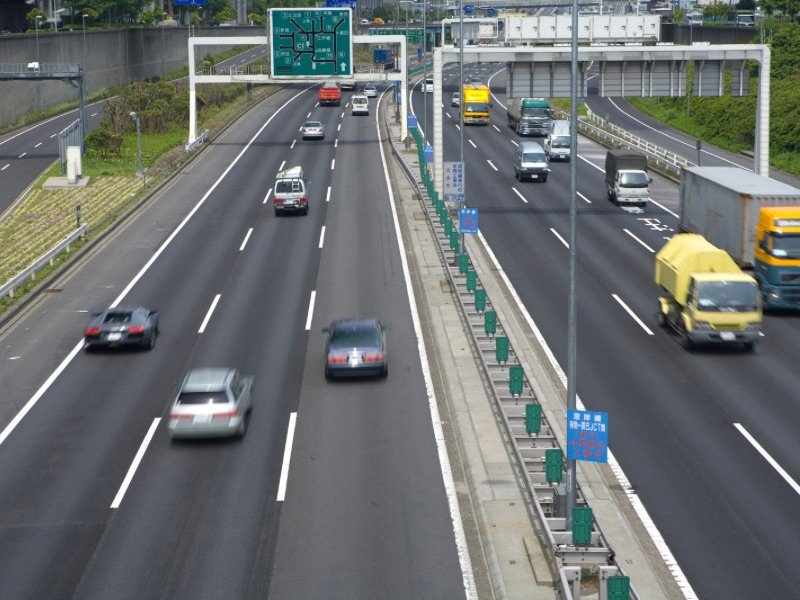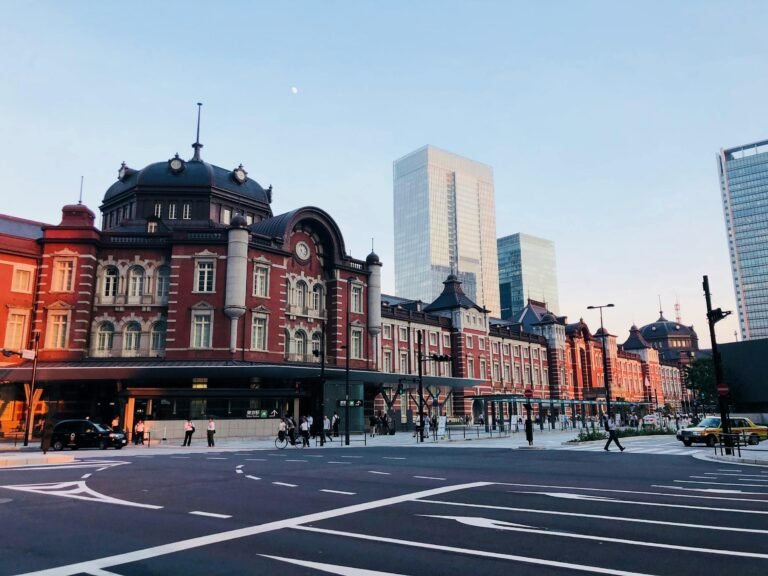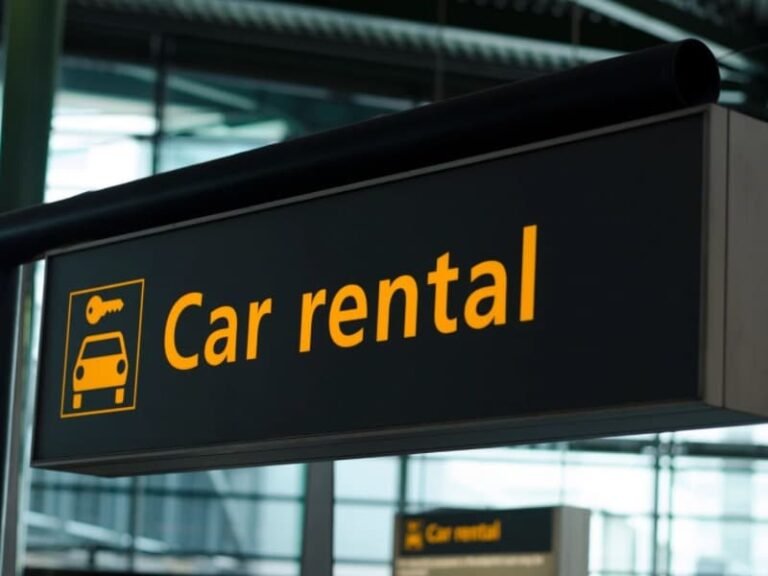Japan Highways Service Area – What Is The Difference From Rest Area In The USA?
When most travelers think about visiting Japan, they plan riding bullet trains, visiting bustling cities, and ancient temples. But as a Japanese who’s experienced life on both sides of the Pacific, I want to share a hidden gem of Japanese travel culture that often goes unnoticed: the Japan Highways service areas.
After moving to the United States in 2022, we’ve driven through all 50 states (yes, we love road trips that much!). These countless miles on American highways revealed something unexpected – how different the two countries approach to the simple concept for taking a break.
If you’re planning a trip to Japan and considering renting a car, or you’re just curious about everyday Japanese life beyond the tourist spots, this comparison might surprise you. Let me take you on a journey through the contrasting roadside cultures of these two countries.
Table of Contents
ToggleThe American Highway Experience
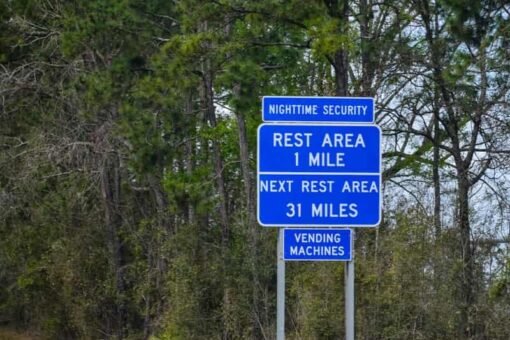
Simplicity and Space
The American approach to rest areas perfectly reflects core American values: efficiency, practicality, and space – lots of space.
When driving America’s vast highways, rest areas appear sporadically, sometimes with warning signs announcing “Next Rest Area: 80 Miles.” I’ve found myself in “What?! I can’t wait anymore!” situation after consuming too many drinks during long stretches of driving.
The unpredictability continues when you occasionally encounter the dreaded “CLOSED” sign on the approach to a much-needed rest stop. While gas stations and roadside businesses offer alternatives, they’re not always available – especially when traveling through desert regions where services might be hours apart.
What Works Well
Despite these challenges, American rest areas excel in several ways:
- Accessibility: When open, they’re rarely overcrowded
- Efficiency: Most travelers stop briefly and continue their journey
- Simplicity: You know exactly what to expect
- Ample parking: Finding space is rarely an issue
- Free highways: Most American highways don’t charge toll
The American rest area serves its purpose perfectly – it’s a functional place to take care of necessities before continuing your journey.
The Japan Highways Experience: Rest Stops as Destinations

Welcome to the "Service Area" Wonderland of Japan Highways
In Japan, we don’t call them “rest areas” but “service areas” (サービスエリア) – and this name difference perfectly captures the contrasting philosophy.
Japan Highways service areas transform the concept of a highway stop into something approaching a theme park experience. These aren’t places you reluctantly visit out of necessity – they’re destinations people actually look forward to.
What Makes Japan Highways Service Areas Special
Extraordinary Cleanliness and Amenities
The restrooms at Japanese service areas aren’t just clean – they’re spotless. Many feature high-tech toilets with heated seats and various functions that might surprise first-time visitors. Some premium locations even offer luxury bathroom experiences with elegant design and amenities.
Local Food Specialties
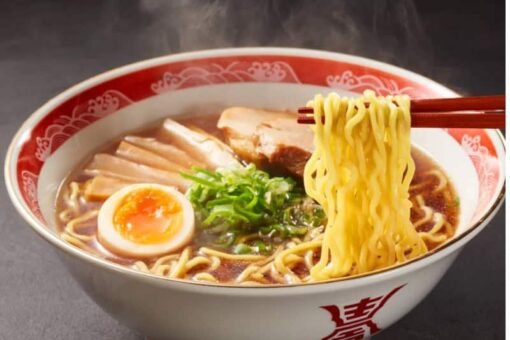
Every region in Japan takes immense pride in its local cuisine, and service areas showcase these specialties. Whether it’s freshly made onigiri (rice balls), regional ramen variations, or seasonal treats, the food options go far beyond typical fast food.
I often plan road trips around specific service areas known for their food specialties – something unimaginable in most countries!
Shopping and Souvenirs
Service areas feature shops selling regional products, crafts, and exclusive “service area-only” merchandise. Many Japanese travelers specifically visit certain service areas to purchase these unique items that can’t be found elsewhere.
The Hierarchy of Japanese Rest Stops
Japan has developed several categories of roadside facilities:
- Highway Oasis (ハイウェイオアシス): The ultimate rest experience, sometimes featuring attractions like Ferris wheels, extensive gardens, observation decks, and specialty restaurants. These are genuine destinations where families might spend hours.
- Service Areas (サービスエリア): Large facilities with multiple restaurants, shops, and extensive parking. Many feature observation decks with scenic views and regionally themed architecture.
- Parking Areas (パーキングエリア): Smaller versions with basic amenities, though even these often surpass typical American rest areas in terms of cleanliness and services.
The Trade-offs of Japan Highways service area
This elevated experience comes with downsides:
- Congestion: Popular service areas often display “満” (full) or “混” (congested) signs during weekends and holidays
- Expense: Japanese highways charge significant tolls
- Fewer alternatives: Unlike America, Japan has fewer off-highway options for breaks, especially in rural areas
Top Recommended Stops: My Favorite Service Areas in Japan
If you’re planning a road trip near Tokyo or Nagoya, don’t miss these exceptional highway stops that showcase the best of Japan’s service area culture:
1. Kariya Highway Oasis (刈谷ハイウェイオアシス) - The Ultimate Highway Destination
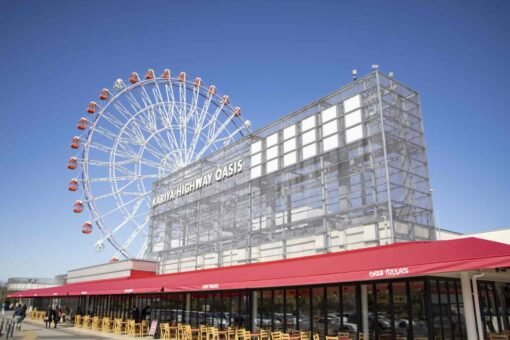
Located in Aichi Prefecture along the Ise-wangan Expressway, Kariya Highway Oasis represents everything special about Japan’s approach to roadside facilities. This massive complex features:
- A 50-meter-tall Ferris wheel with spectacular views of the surrounding area
- Multiple restaurants featuring Aichi specialties
- Deluxe toilet
Visit Deluxe Toilet. It is absolutely gorgeous! Of cause it is free of charge.
2. Fujikawa Service Area (富士川サービスエリア) - Mt. Fuji Views and More
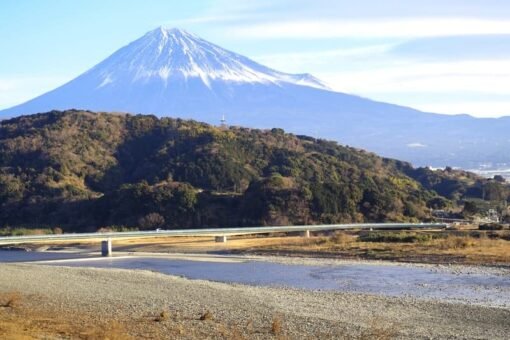
For an unforgettable combination of scenery and services, visit Fujikawa Service Area on the Tomei Expressway in Shizuoka Prefecture. On clear days, this service area offers breathtaking views of Mt. Fuji, Japan’s most iconic natural landmark.
Beyond the views, you’ll find:
- An observation deck perfectly positioned for Fuji photography
- Restaurants serving Shizuoka specialties including wasabi-infused dishes
- Fresh local produce and green tea products
Pro tip: Visit the outbound (Tokyo direction) side for the best mountain views, though both sides offer excellent facilities.
3. Hanyu Parking Area (羽生パーキングエリア) - A Historical Experience

Don’t let the “Parking Area” classification fool you—Hanyu PA along the Tohoku Expressway in Saitama Prefecture demonstrates how even a smaller facility can provide a memorable experience.
What makes Hanyu special is its Edo-period theme, recreating the atmosphere of old Japan:
- Traditional Japanese architecture throughout the facility
- A small but impressive recreation of an Edo-period street
- Vendors selling traditional snacks and street food
- Excellent selection of regional foods, particularly Saitama’s famous senbei rice crackers
Planning Your Visit
A few tips for enjoying these recommended stops:
- Timing matters: Try to visit on weekdays or early mornings on weekends to avoid the worst congestion
- Budget extra time: Don’t rush through these special stops—allow at least 30-45 minutes to fully enjoy them
- Come hungry: Each location features unique regional specialties worth trying
- Bring small bills: While credit cards are accepted at most places, having cash is helpful for smaller vendors
- Check seasonal events: Many service areas host special seasonal activities and food offerings
Bonus Tip: Discover "Michi-no-Eki"
If you’re driving through Japan, don’t miss “Michi-no-Eki” (道の駅, “Road Stations”). Located along regular roads rather than highways, these government-designated rest facilities offer clean restrooms, local products, and regional information centers.
They provide an authentic glimpse into local culture without highway tolls, making them perfect stops during countryside exploration.
How to rent a car in Japan
The way of renting a car in Japan is a bit different from it in the USA. For the details, check the page: How to rent a car in Japan : The Complete Guide for American Travelers.
Conclusion
While American rest areas serve their purpose efficiently, Japan highways service areas transform a simple necessity into an enjoyable experience. Neither approach is superior – they simply reflect different cultural priorities.
If you’re planning to drive in Japan, I encourage you to research service areas along your route. Rather than viewing them as mere pit stops, embrace them as integral parts of your journey and windows into everyday Japanese culture.
Have you experienced rest areas in different countries? What differences surprised you? I’d love to hear your thoughts in the comments from the comment section below!
